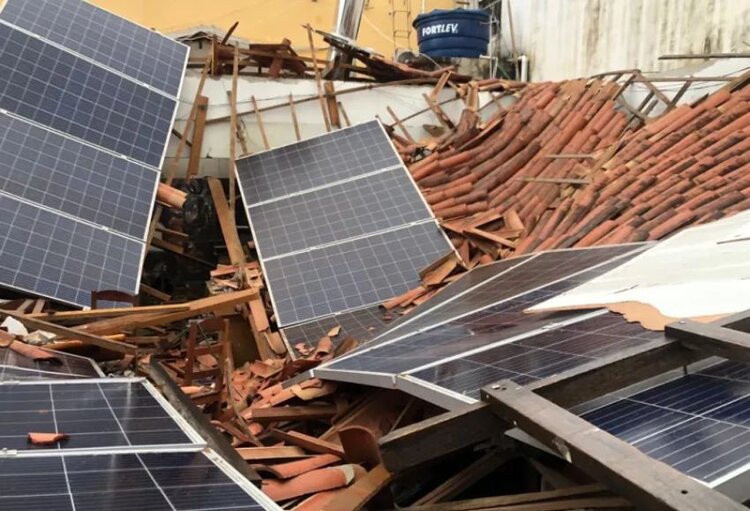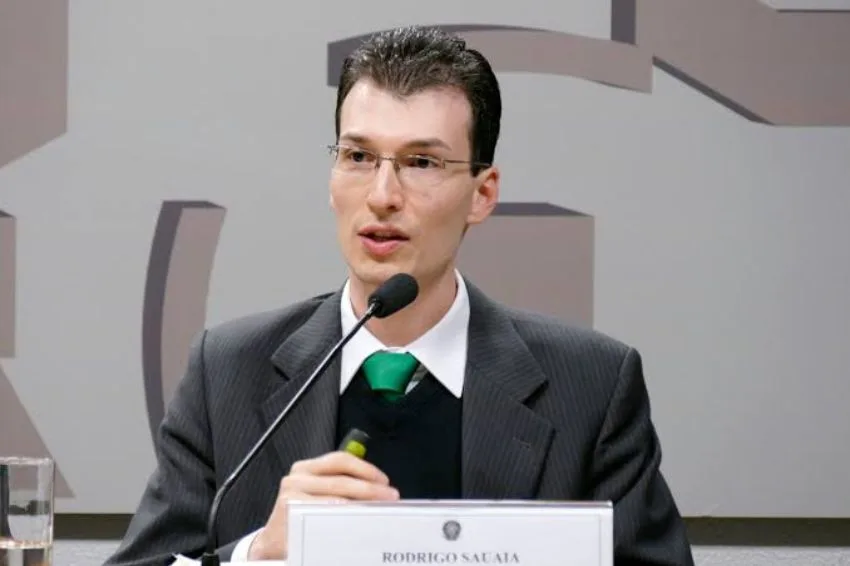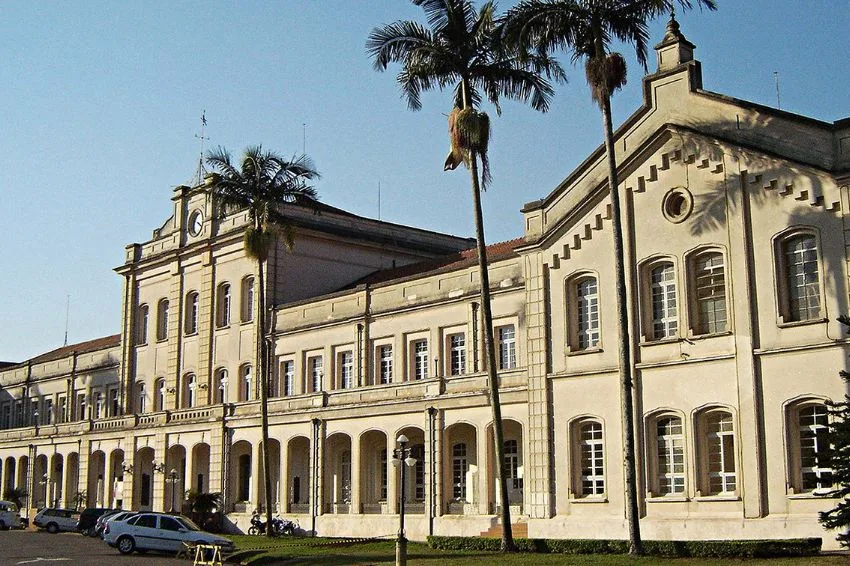Earlier this week, the roof of a steakhouse collapsed and left at least 20 customers and employees injured in the city of Serra Branca (PB). The fall occurred during the afternoon of Monday (6).
In an interview with the press, Mário Gomes, captain of the municipality's Fire Department, reported that the cause may have been the structure's lack of support. “It was probably the weight issue because the structure is made of wood and has the weight of the plaster, the roof and the solar panels,” he said.
However, Gomes stated that the cause is being verified by the city hall and that a report on the reason for the fall should be issued soon by an engineer from the Municipal Administration.
The firefighter also commented that the rain that fell in the region may also have contributed to the accident. The photovoltaic system installed on the steakhouse's roof had 22 panels.
In the midst of this scenario, the question that remains is: was a structural analysis of the building and roof carried out before installing the plant?
Raphael Vaz, product engineer at 2P Accessories, said that there are numerous problems that can be encountered, but the only way to work safely is to hire qualified companies to carry out this analysis.
read more
“The wooden structure, for example, can suffer degradation from fungi, the steel can be corroded and poorly welded, the concrete can become fractured. It is our duty to expand solar energy in Brazil in a safe and efficient way”, he highlighted.
Vaz also commented that almost every week at 2P they receive the following question: from how many modules is it necessary to carry out a technical report on the roof? “The answer is always the same, always.”
“Most roofs were not designed to withstand roof overload, and photovoltaic modules have become larger and heavier over the years. 5 years ago we were working with 18 kg panels, and currently, more powerful, panels weighing up to 38 kg”, he reported.
In Brazil, according to him, there are very different roofs in structure and raw material design: “a roof covered with ceramic tiles has a totally different structure than one with a fiber cement roof, and both can be built with beams made of wood, steel, or even concrete.”
Therefore, in the engineer's view, there is no design standard or safe 100% case without a technical feasibility study. This is what Marcelo Villalva, a specialist in photovoltaic systems, also thinks, who emphasized that installing panels on roofs without structural analysis is a criminal offense.
read more
“It is recommended that the structural engineer visit the space to survey the characteristics of the structure and roof. In many cases, however, due to the distance, the assessment can be carried out by another professional, using sketches and photos, as occurs in some cases”, he explained.
For Villalva, wind and rain must be anticipated in projects. “We cannot simply install systems without any concern for security. Did the roof collapse after a gale of rain? We cannot place the blame on ourselves”, he concluded.

















5 Responses
There are many people working in the area of solar energy without any training. I see that many companies present budgets with low prices, using lower quality materials and with professionals who are, in fact, curious... are not qualified to carry out the installations. There must be an inspection of these companies, checking whether there are qualified professionals and whether they actually work in the company or merely sign the ART. There are distributors that even want to exempt the consumer from presenting ART in the project, which is an absurd mistake. There are many engineers who sign projects for any money and don't even visit the consumer units. There is a lot of incompetence, amateurism and irresponsibility in the area of solar energy. Our country is a general mess and there is no supervision. If it remains like this, we will have these situations repeating themselves across the country. And look, we still have many consumer units (the vast majority of them) that do not have a solar energy generation system installed.
We have been on the market since 2015, I really believe in photovoltaic solar energy, however with this exponential expansion that we are seeing in the market, we are also alerting new integrators and also consumers about the implicit and explicit responsibilities of implementing a photovoltaic system. There is an urgent need for greater supervision by the Confea/Crea and CFT/CRT class councils in relation to companies that integrate and execute installations to verify their real technical capabilities. I leave it here to reflect on a question that a client asked us when we proposed a photovoltaic system: (do you install or place panels on roofs????) Everyone can answer this question for themselves, but it is not correct to leave this bill to the consumer or society pay. Let us reflect on this.
Hugs to everyone.
The colonial tile, used in the steakhouse as shown in the photo, is very heavy and old-fashioned. Typically, it weighs 66kg per m2! Fiber cement tiles weigh 3x less, around 15kg/m2.
The solar panel adds around 20kg per m2. Wind loads, for the slope of this type of roof, can add up to 45kgf/m2 of down-force (winds of 120km/h or 34m/s), which results in total at around 120kgf per m2.
If it were fiber tiles, it would be approx. 70kgf/m2 under the same conditions.
Precisely for these and other reasons, you should never, ever hire any company to carry out this type of installation.
Always, without exception, what is cheap is very expensive.
Only engineering companies are able to carry out photovoltaic solar energy generation services.
You shouldn’t hire “stone masons” just because of the price.
This is likely to be work done without technical expertise and being well executed at the installation site.
I have worked in construction for over 20 years and have stopped performing several services due to the client's insistence on not respecting technical standards. Unfortunately, this only makes our work even more difficult with the installation of solar energy.
I value everyone's safety in any type of work and especially in the electrical area, whether alternating or direct current. If you are not sure, do not perform the services.
Hugs to everyone.